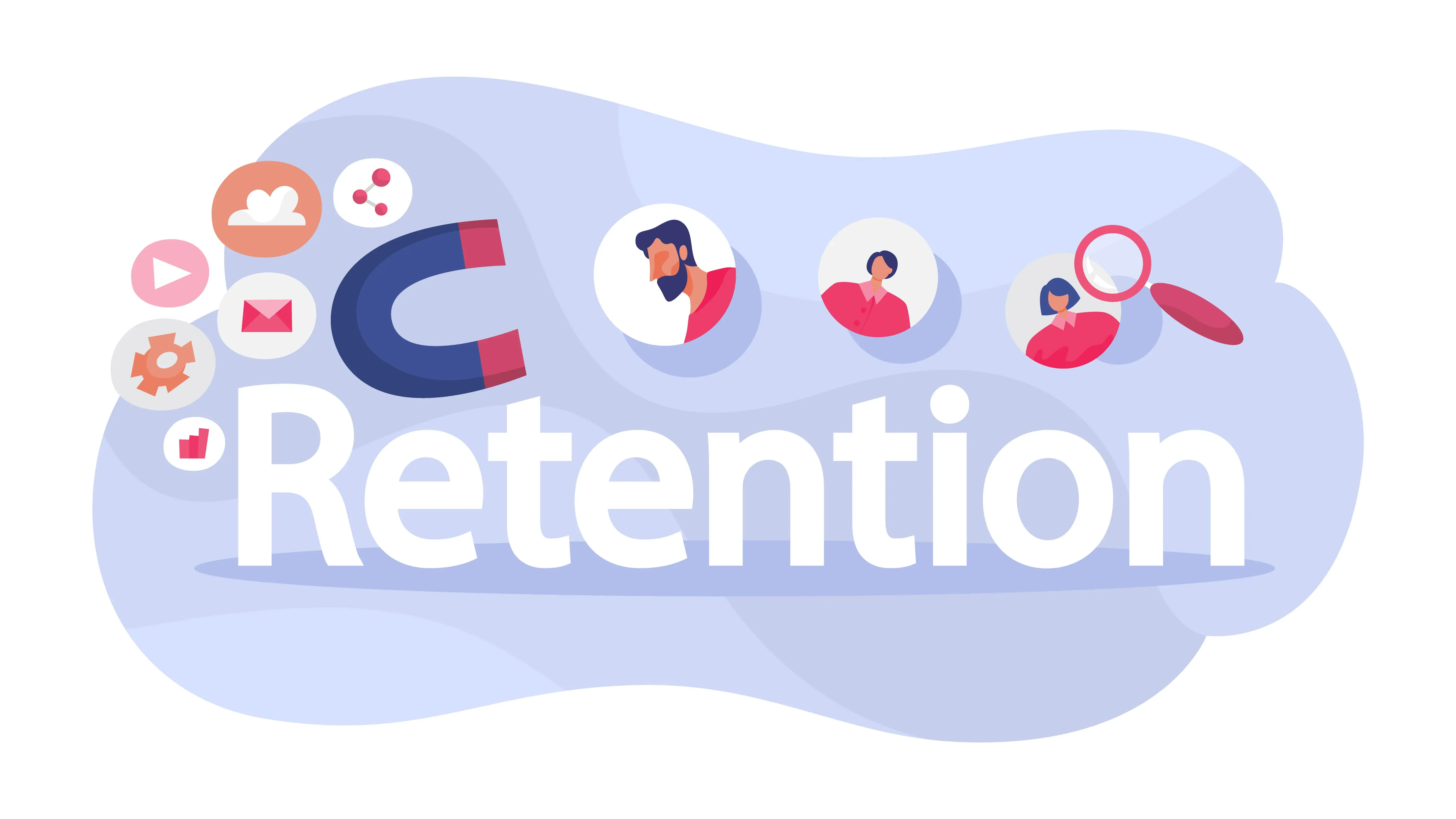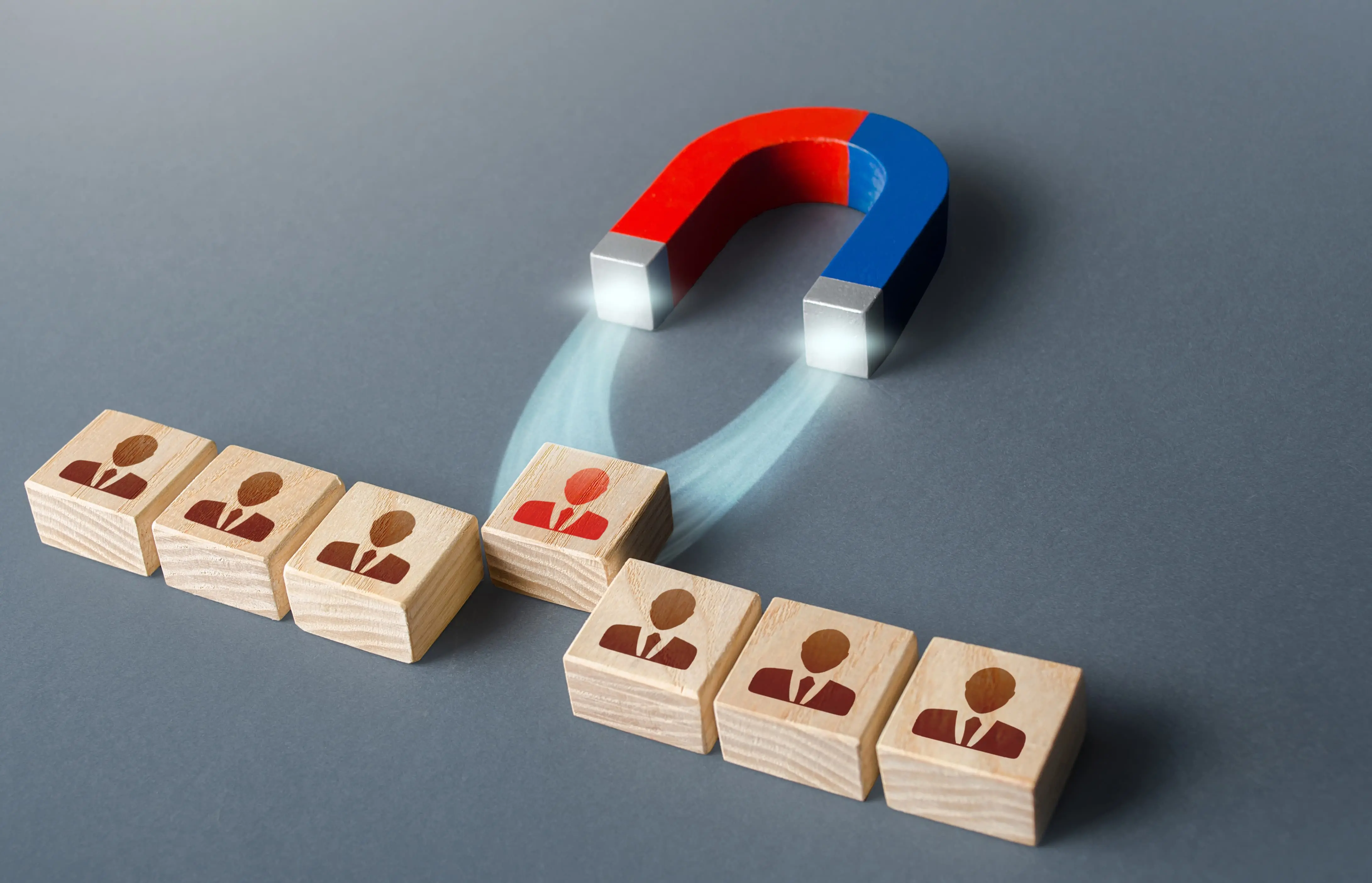
In 2025, customer retention has overtaken acquisition as the top growth priority for forward-thinking brands. While acquisition remains vital for visibility, rising media costs, data privacy changes, and saturated markets have made customer retention marketing the smarter, more sustainable strategy for profitable growth.
According to HubSpot, acquiring a new customer now costs between five and twenty-five times more than retaining an existing one. Meanwhile, Statista’s 2025 loyalty data reveals that nearly 78% of consumers are more likely to repurchase from brands that personalize their experience. Even a modest 5% increase in retention can lift profits by 25–95%.
Retention marketing isn’t just a “customer service” function anymore—it’s a full-funnel discipline that connects acquisition, engagement, and advocacy. Brands that invest in retention outperform acquisition-heavy competitors across ROI, brand equity, and lifetime value.

Customer retention marketing refers to the strategies and systems used to keep existing customers engaged, satisfied, and purchasing repeatedly. Unlike short-term acquisition campaigns, retention marketing builds relationships that lead to consistent, long-term revenue.
It focuses on three key outcomes:
While loyalty programs reward transactions, retention marketing rewards relationships. It uses customer data and automation to deliver personalized experiences, transforming one-time buyers into long-term brand advocates.
In 2025, leading brands measure retention with the same precision as performance campaigns. Here are the essential metrics every marketer should track.
Formula: (Customers at End – New Customers) ÷ Customers at Start × 100
A strong CRR indicates customer loyalty. SaaS and subscription brands leading in retention report rates above 85%, compared to the cross-industry average of 75%.
Formula: Lost Customers ÷ Starting Customers × 100
A monthly churn rate below 5% signals excellent retention health.
Formula: Average Purchase Value × Purchase Frequency × Customer Lifespan
CLV quantifies the total value each customer brings. In 2025, retention-led companies report 5.2x ROI over acquisition-heavy counterparts.
Formula: Returning Customers ÷ Total Customers × 100
This reflects satisfaction and loyalty. On average, 42% of online shoppers make another purchase within 90 days when retention systems are in place.
Formula: (Revenue from Existing Customers – Churned Revenue + Expansion Revenue) ÷ Starting Revenue × 100
A healthy NRR of 110–130% shows that upselling and retention—not acquisition—drive revenue growth.
Retention success depends on personalization, automation, and consistent communication across every customer touchpoint.
Today’s consumers expect seamless interaction across email, SMS, mobile apps, and web platforms. HubSpot reports that omnichannel campaigns generate 23x higher engagement than single-channel efforts. Sephora, for instance, uses CRM segmentation to tailor product offers and loyalty updates, delivering consistent experiences across every platform.
Brands that follow up with customers right after checkout retain them longer. Thank-you messages, care instructions, or tailored recommendations maintain engagement and trust. Amazon’s predictive analytics engine exemplifies this—reminding customers to reorder and suggesting complementary products at just the right time.
Statista reports that loyalty program members spend 43% more than non-members, and 75% of consumers prefer brands that offer rewards. Starbucks Rewards remains a standout example, using mobile gamification and personalized offers to increase monthly purchase frequency.
Retention begins with prevention. Zappos, for example, trains its service team to anticipate customer needs, sending surprise credits and following up post-purchase to strengthen emotional loyalty.
AI-driven tools identify early signs of churn and re-engage customers automatically. Platforms like HubSpot’s Service Hub can trigger workflows when satisfaction drops, reducing churn by up to 25%.
Strong communities make customers feel part of something bigger than the brand. Companies like Peloton and Notion use social groups and customer forums to nurture shared purpose, which increases retention rates by up to 40%.
Let’s talk about how data, creativity, and performance strategy can drive real growth.
Partner with Future Digital to turn insights into measurable results.
Retention should live inside every marketing workflow—from ads to post-purchase nurturing. When integrated into your CRM, analytics, and email stack, it becomes a compounding growth engine.
Retention connects seamlessly with:
For a deeper look at how retention and acquisition work together, explore Ad Campaigns in 2025: How to Build, Optimize & Scale ROI.
In 2024, a mid-sized DTC wellness brand partnered with Future Digital to stabilize its subscription business and reverse churn trends.
Challenges:
Future Digital’s Approach:
Results (4 Months):
The outcome: a predictable, scalable retention system that transformed reactive churn prevention into proactive growth.

Retention marketing depends on the right stack of technology and data intelligence.
For 2025, combining these tools allows marketers to bridge insights between acquisition, engagement, and long-term loyalty.
As AI matures, retention marketing is shifting from reactive support to predictive relationship management. The next phase focuses on anticipating customer needs rather than responding to churn.
Expect to see:
The brands leading this evolution—like Sephora, Amazon, and Peloton—don’t just retain customers; they inspire them to participate in the brand itself.
Retention marketing isn’t an afterthought—it’s the foundation of brand longevity. In 2025, the brands that will win are those that prioritize long-term relationships over one-time transactions.
Retained customers don’t just spend more—they amplify brand trust, share referrals, and fuel consistent growth. For marketers, this means evolving from short-term acquisition KPIs to retention ecosystems that measure loyalty, advocacy, and lifetime value.
To understand how digital and offline strategies combine for maximum retention, see Traditional Marketing Channels in 2025: Why Offline Still Drives ROI.
At Future Digital, we help brands design measurable retention systems that connect creativity, analytics, and automation to drive profitable customer relationships.